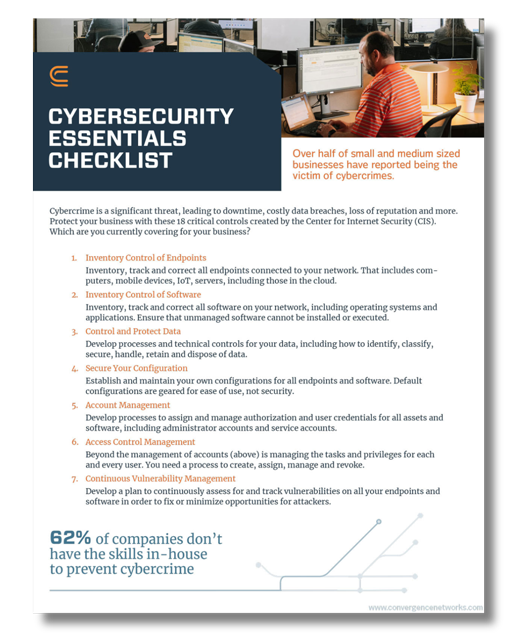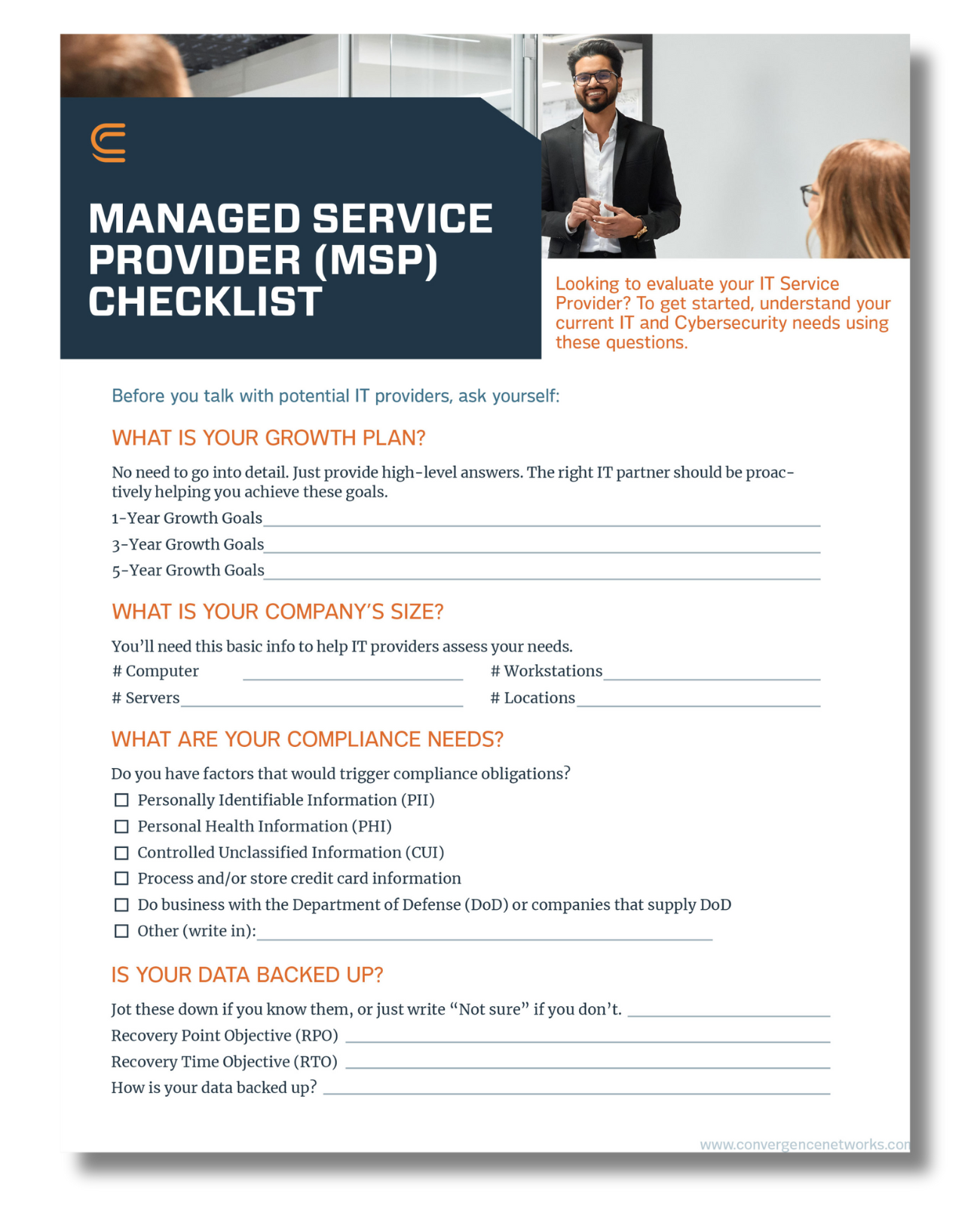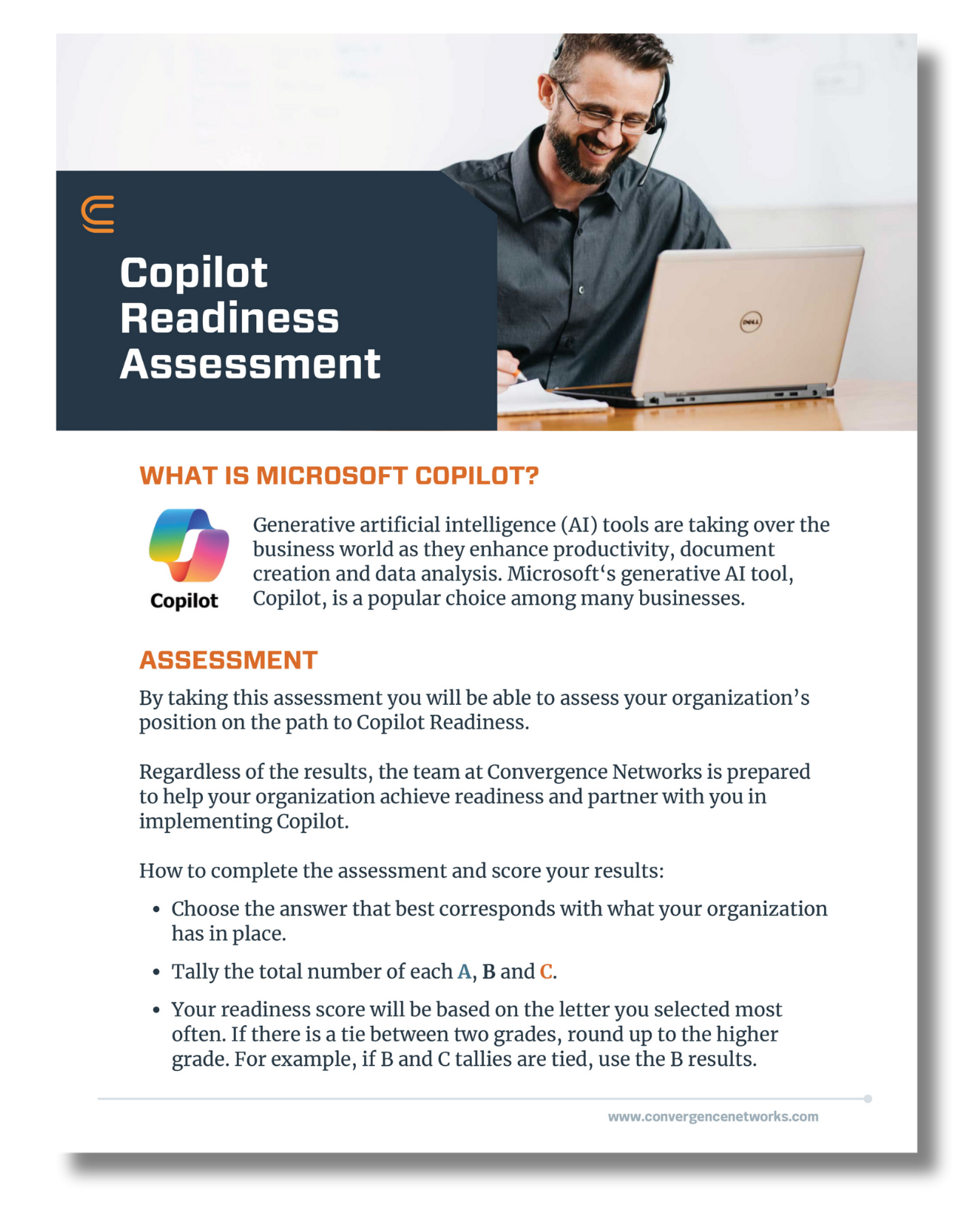Cybersecurity conversations often start with tools, alerts, or recent incidents, but the more important question is what is cybersecurity posture, and how well it reflects your organization’s ability to prevent, detect, and respond to threats. Cybersecurity posture is not a single control or product. It is the overall view of how your people, processes, and technology work together to reduce risk. Understanding your cybersecurity posture helps leaders see where gaps exist, where controls are working, and where priorities should shift as threats continue to change.
Defining Cybersecurity Posture
Imagine your business as a fortress. The walls are your systems, networks, and processes, standing tall to protect everything inside. But in today’s digital world, threats are constantly evolving, trying to find any weak spot to breach your defenses.
Your cybersecurity posture is like the strength and readiness of this fortress. It’s not just about having high walls; it’s about being prepared to identify, prevent, and respond to any attack that comes your way. Think of it as your ability to fend off invaders like data breaches, malware, ransomware, and unauthorized access.
A strong cybersecurity posture is like a vigilant guard, always on the lookout for new threats. It doesn’t wait for an attack to happen; it anticipates and adapts to new risks, ensuring your fortress remains secure. This proactive approach means your defenses are always evolving, keeping pace with the ever-changing landscape of cyber threats.
Why is Cybersecurity Posture Important?
Your cybersecurity posture gives you a clear picture of your organization’s vulnerabilities and strengths. Without this understanding, your business is at risk of falling prey to hackers, operational disruptions, or even legal consequences stemming from data breaches.
Here are key reasons why your cybersecurity posture matters:
- Identify Weaknesses: By assessing your posture, you uncover areas that require immediate attention, such as outdated software, misconfigured systems, or untrained employees.
- Minimize Financial Losses: A data breach or cyberattack can result in significant downtime, lost revenue, and costly recovery efforts.
- Maintain Customer Trust: Demonstrating strong cybersecurity measures builds confidence among customers, partners, and vendors.
- Stay Compliant: Many industries are subject to regulations that require businesses to meet specific cybersecurity standards.
A robust cybersecurity posture does not just mitigate risks; it safeguards your reputation and long-term success.
Key Steps to Improve Your Cybersecurity Posture
Improving your cybersecurity posture involves evaluating your current defenses and taking proactive steps to strengthen them. Below are essential practices to get started:
Identify and Classify Your Assets
Start by mapping out all your critical assets: hardware, software, and data. This includes sensitive client information, intellectual property, and systems essential to daily operations. Understanding what you need to protect helps prioritize resources.
Evaluate Current Security Measures
Conduct an in-depth assessment of your existing security tools, policies, and controls. This will help identify gaps, such as outdated antivirus software, weak passwords, or unpatched systems.
Prioritize Risks and Vulnerabilities
Not all risks are equal. Classify them based on their severity and likelihood of exploitation. For example, a misconfigured firewall poses a greater risk than a low-priority system vulnerability.
Monitor Systems Continuously
Proactive monitoring of your systems for unusual or suspicious activity provides early detection, which minimizes the possibility of data breaches or operational disruptions. Moreover, having a team on standby for after-hours emergency response ensures incidents are handled promptly and with minimal downtime, thereby limiting damage.
Employee Training and Awareness
Employees are the first line of defense against cyberattacks, and one of the most common types of hacks is social engineering, where employees are tricked into giving confidential information. Providing regular awareness training empowers employees to recognize phishing attacks, practice strong password habits, and avoid risky online behaviors. Our blog, Beyond the Basic Cybersecurity Tips, will also help guide your employees on what to do in case they make a mistake.

Develop an Incident Response Plan
An incident response plan outlines the steps your team will take in the event of a cyberattack. By having clear procedures in place, you can minimize damage, reduce downtime, and recover faster.
Track Security Metrics
Monitoring key metrics, such as vulnerability resolution time and endpoint security scores, helps measure progress and identify areas for improvement.
Review and Update Controls Regularly
Cyber threats evolve quickly, and your defenses need to keep up with the pace. Regularly review your security tools, policies, and infrastructure to ensure they align with current risks.
Build a Strong Cybersecurity Posture with Convergence Networks
At Convergence Networks, we believe that every business (or fortress) deserves peace of mind when it comes to cybersecurity. Our team of IT and security experts is like guards, working closely with you to assess your current cybersecurity posture, identify vulnerabilities, and develop tailored strategies to protect your business.
From 24/7 emergency support to incident response planning, we deliver comprehensive cybersecurity solutions that help you reduce risks and stay secure. Just as a fortress needs constant vigilance and adaptation to new threats, our solutions ensure your defenses are always robust and up-to-date.
Not sure where to get started? Reach out to Convergence Networks today.














